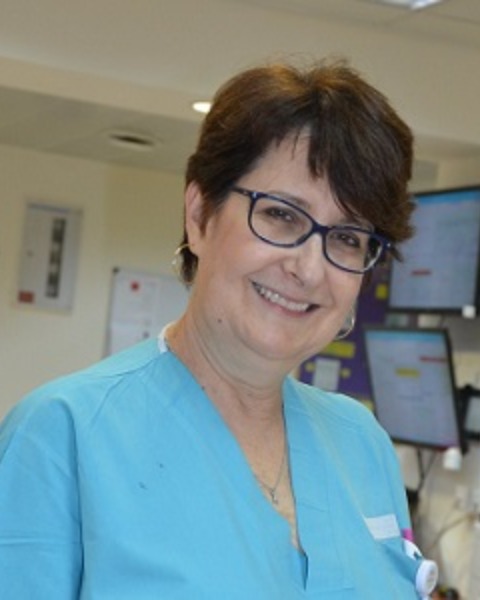Clinical Obstetrics
Poster Session 3
(851) Neonatal outcome in late preterm twin gestation: impact of antenatal corticosteroids before 34 weeks

Or Eliner, MD (he/him/his)
Meir Medical Center
Ra'anana, HaMerkaz, Israel- ES
Efrat Sagy-Dicker, BSc
Tel Aviv University
Tel Aviv, Israel, Israel 
Hanoch Schreiber, MD
Meir Medical Centerartment of Obstetrics and Gynecology, Meir Medical Center
Kfar Saba, Israel
Gal Cohen, MD (she/her/hers)
OBGYN Resident
Meir Medical Centerartment of Obstetrics and Gynecology, Meir Medical Center
Kfar Saba, Israel, Israel- TB
Tal Biron-Shental, MD
Meir, Tel-Aviv University
Sdeh Warburg, HaMerkaz, Israel 
Michal Kovo, MD,PhD
Vice Chair Obstetrics and Gynecology
Meir Medical Center
Macabim, HaMerkaz, Israel
Primary & Presenting Author(s)
Coauthor(s)
Study Design: This retrospective study examined all DCDA twin gestations born during the late preterm period between 2014 to 2020. Maternal and neonatal outcomes were compared between twin gestations treated with ACS (before 34 weeks) (ACS group) and those who were not exposed to ACS (control group). Sub-analysis was performed to compare neonatal outcome between those treated with ACS during the 14 days prior to delivery and those treated more than 14 days before delivery. Composite adverse neonatal outcome included: hypoglycemia, sepsis, respiratory morbidity, blood transfusion, cerebral morbidity.
Results:
A total of 297 twin pregnancies were included, with 122 in the ACS group and 175 in the control group. Maternal age, BMI, hypertensive disorders, diabetes mellitus and mode of delivery did not differ between groups. GA at delivery was lower in the ACS group compared to the control group (35.06 ± 0.8 weeks vs. 35.49 ± 0.69 weeks, p< 0.001). The ACS group had higher rates of nulliparity (46.7% vs. 33.1%, p=0.018), induction of labor (13.1% vs. 5.1%, p=0.015), and neonatal NICU admission (p< 0.001). Composite adverse neonatal outcome did not differ between the groups. Within the ACS group, neonates delivered within 14 days from ACS treatment had higher rates of NICU admission compared to those who were born >14 days from ACS treatment (p< 0.004), yet adverse composite neonatal outcome did not differ between the groups. By multivariable logistic regression analysis ACS treatment was not found to be independently associated with composite adverse neonatal outcome.
Conclusion:
Twin pregnancies treated with ACS before 34 weeks but delivered in the late-preterm period, showed similar outcomes compared to those who were not treated with ACS. Clinical judgment for ACS treatment should consider the GA and its proximity to 34 weeks of gestation.

